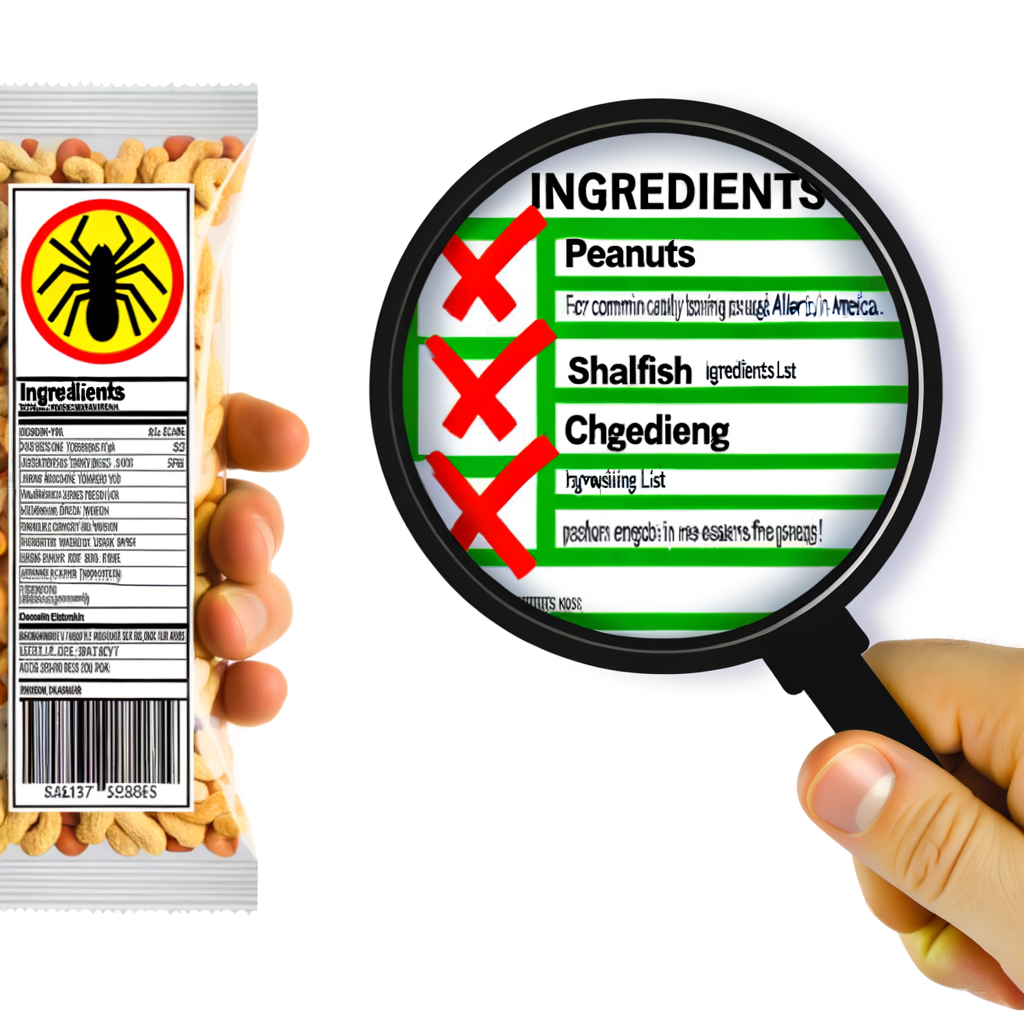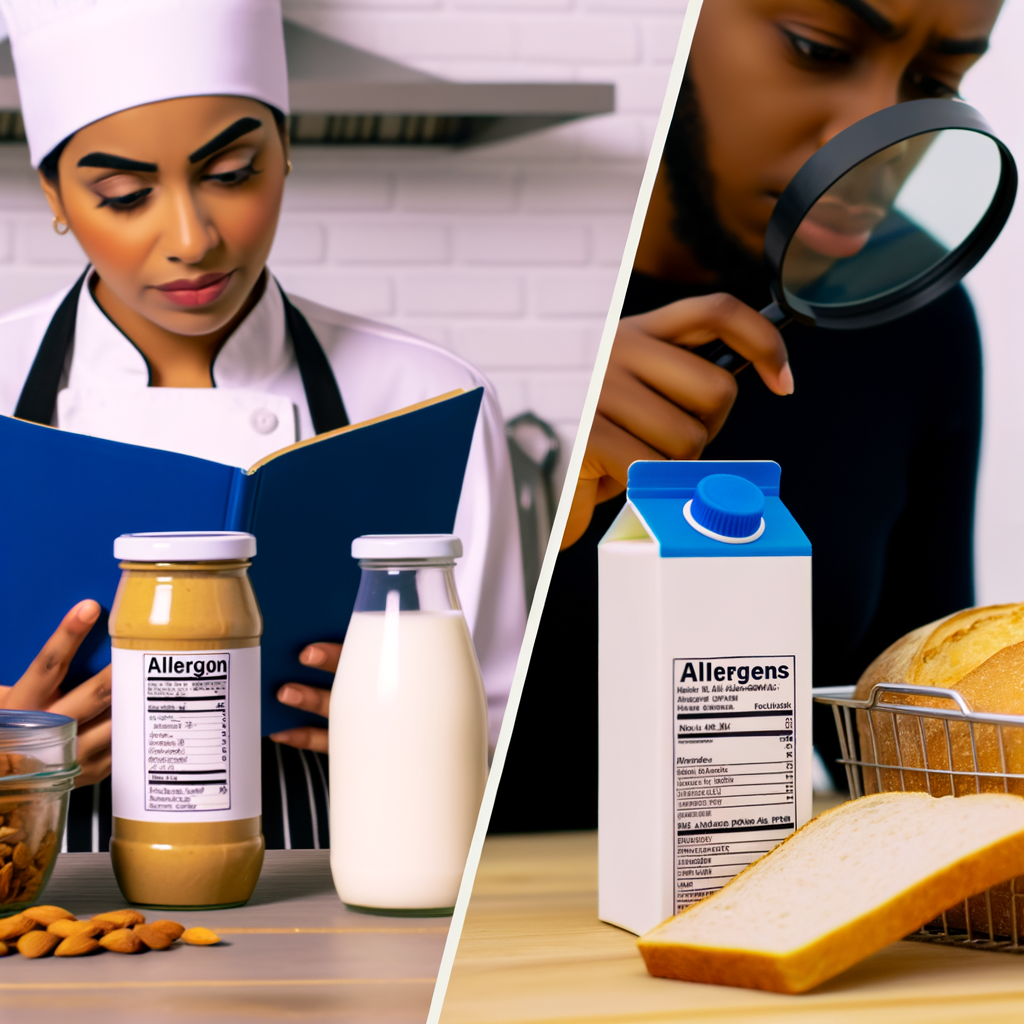As an expert chef, I have come across many food allergies and sensitivities in my career. It’s not uncommon to see customers with dietary restrictions, and as a food lover, it’s important for me to accommodate them. With that being said, I want to share some important information about food allergies and how to read labels when buying ingredients.
First and foremost, it’s crucial to understand what food allergies are and how they differ from food sensitivities. Food allergies occur when the immune system reacts negatively to a specific food, while food sensitivities can cause a range of symptoms but are not life-threatening. As a chef, it’s important to take both into consideration when preparing dishes for customers.
When it comes to reading labels, always check for common allergens such as peanuts, tree nuts, dairy, eggs, soy, wheat, fish, and shellfish. These ingredients are required to be listed in bold on the label, making it easier for you to identify them. Additionally, be aware of cross-contamination, as even trace amounts of allergens can cause a reaction.
For those with severe allergies, it’s recommended to stay away from any food that may contain allergens, even if it’s not listed on the label. It’s also important to communicate any allergies or sensitivities to your server or chef when dining out.
As an expert chef, I believe it’s important to accommodate all dietary needs and to educate others about food allergies. By reading labels carefully and being aware of common allergens, we can all enjoy delicious food without any worries.





